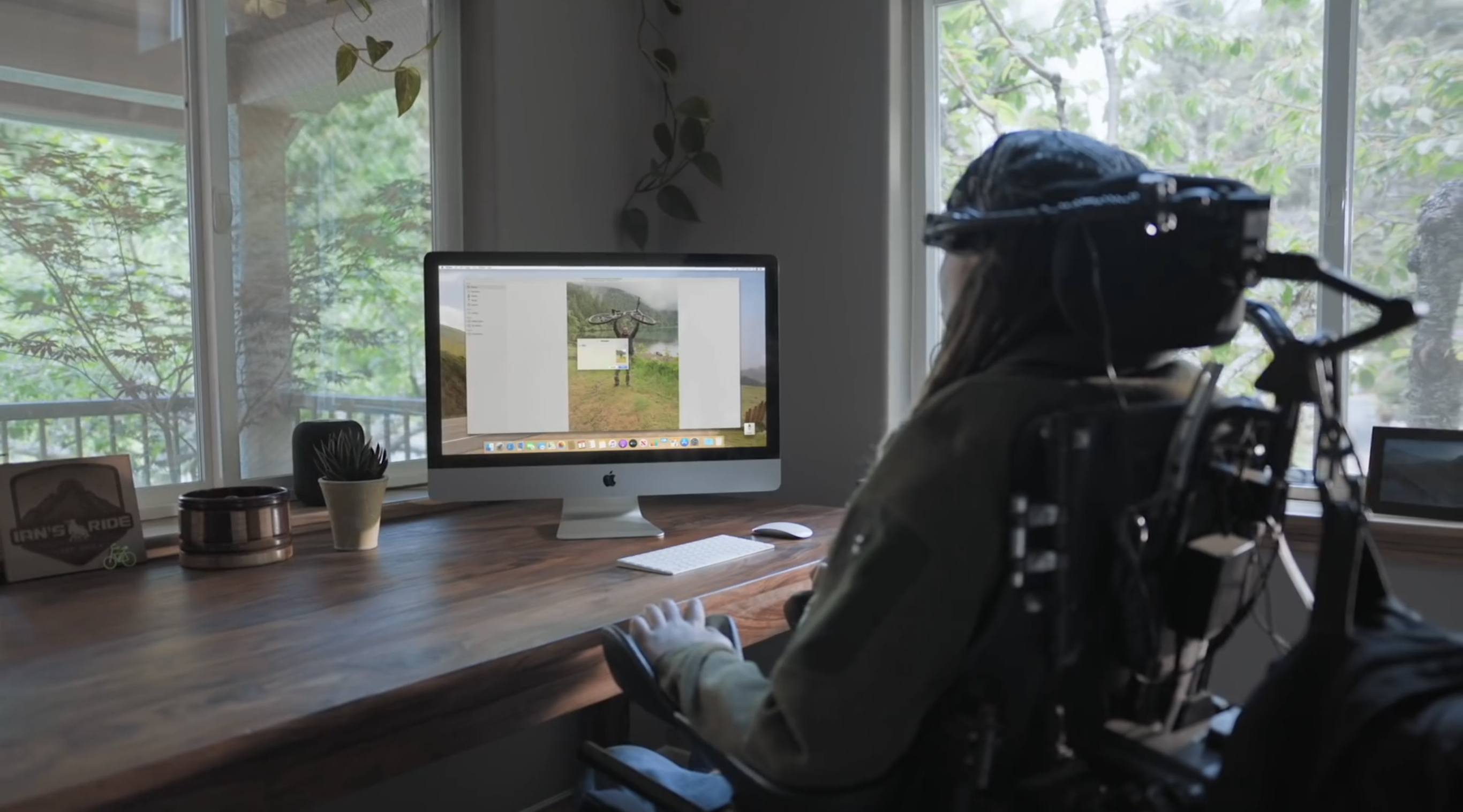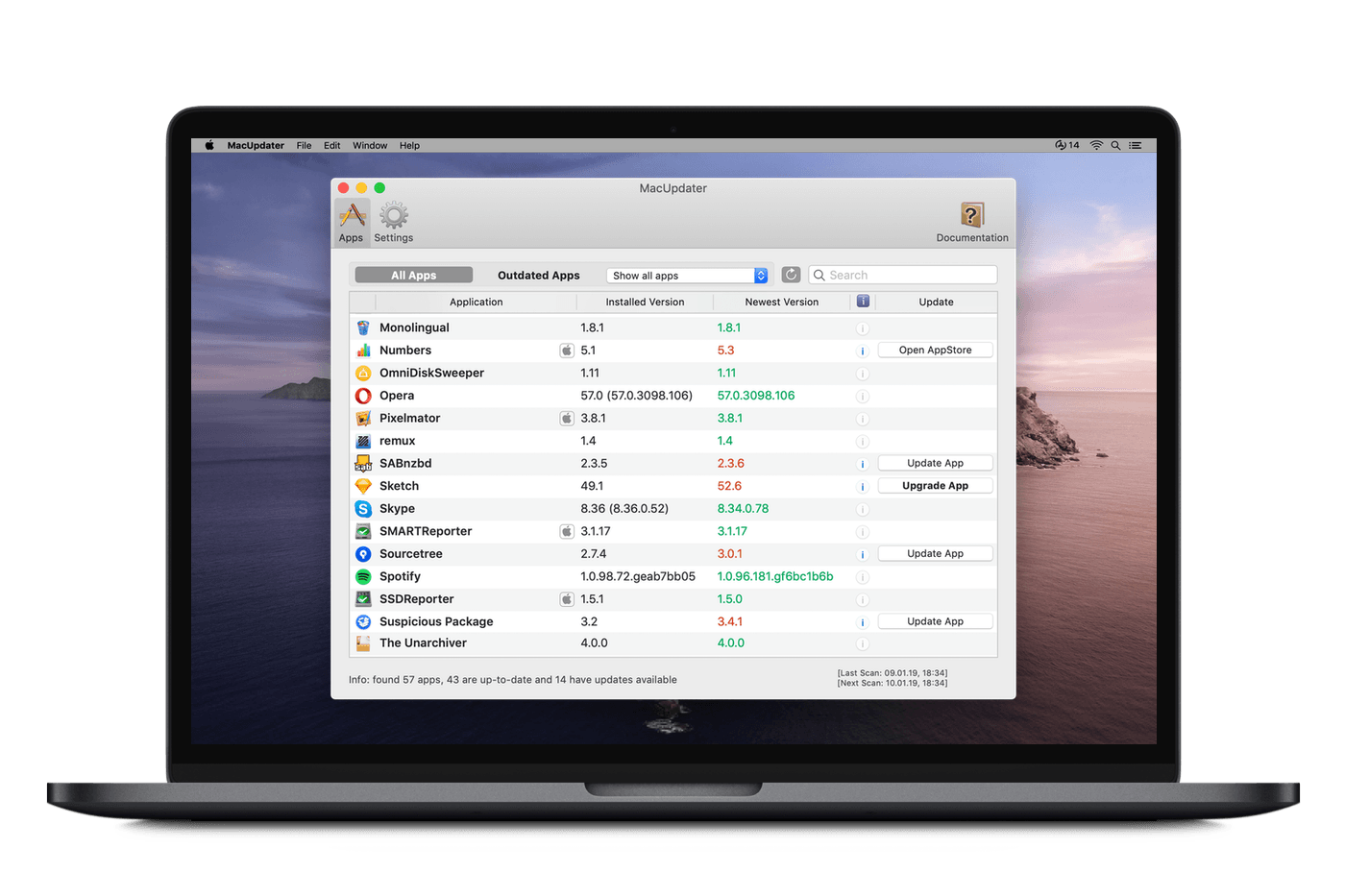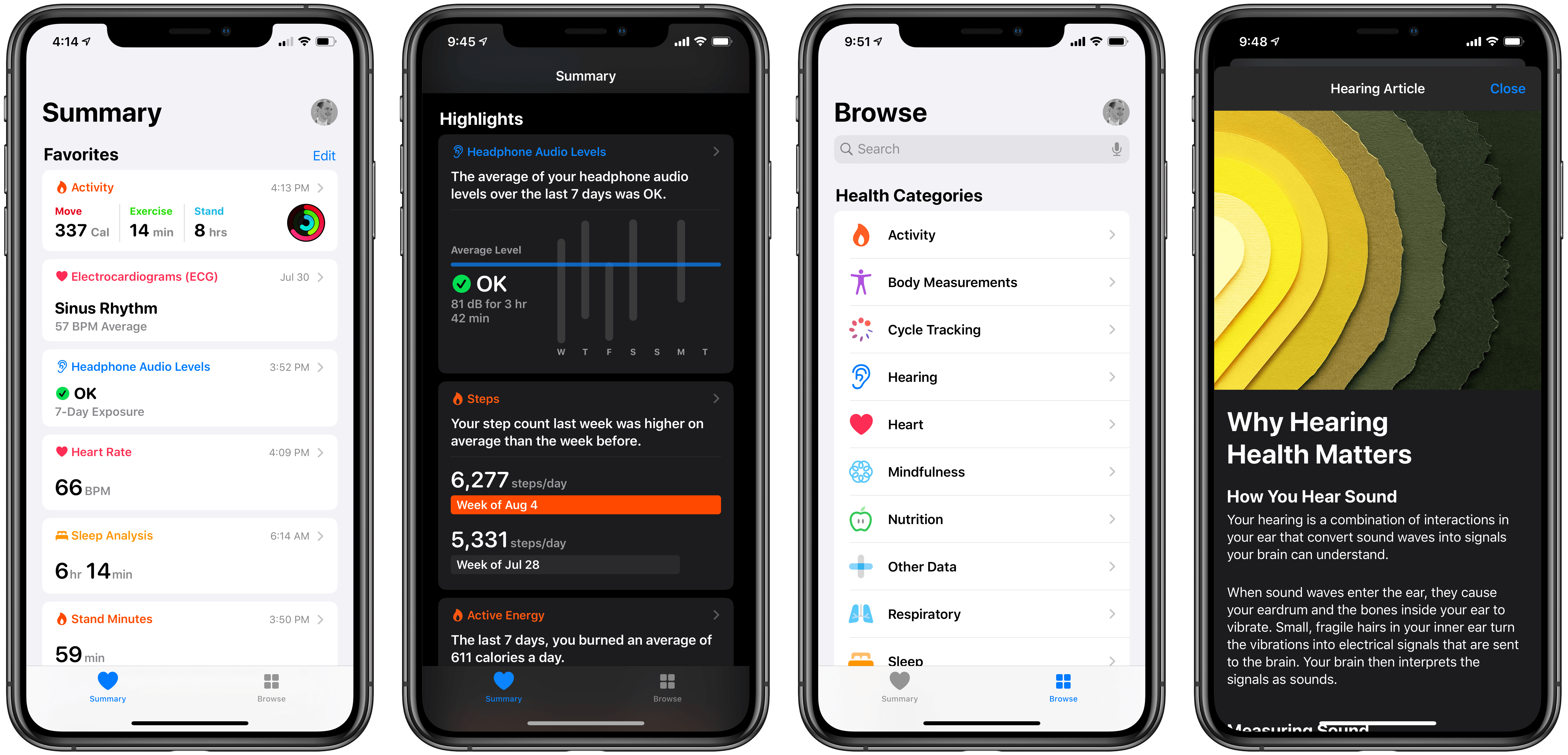
This year’s Worldwide Developers Conference was big. From dark mode in iOS 13 to the newly-rechristened iPadOS to the unveiling of the born-again Mac Pro and more, Apple’s annual week-long bonanza of all things software was arguably one of the most anticipated and exciting events in recent Apple history.
Accessibility certainly contributed to the bigness as well. Every year Apple moves mountains to ensure accessibility’s presence is felt not only in the software it previews, but also in the sessions, labs, and other social gatherings in and around the San Jose Convention Center.
“One of the things that’s been really cool this year is the [accessibility] team has been firing on [all] cylinders across the board,” Sarah Herrlinger, Apple’s Director of Global Accessibility Policy & Initiatives, said to me following the keynote. “There’s something in each operating system and things for a lot of different types of use cases.”
One announcement that unquestionably garnered some of the biggest buzz during the conference was Voice Control. Available on macOS Catalina and iOS 13, Voice Control is a method of interacting with one’s Mac or iOS device using only your voice. A collaborative effort between Apple’s Accessibility Engineering and Siri groups, Voice Control aims to revolutionize the way users with certain physical motor conditions access their devices. At a high level, it’s very much a realization of the kind of ambient, voice-first computing dreamed up by sci-fi television stalwarts like The Jetsons and Star Trek decades ago. You talk, it responds.
And Apple could not be more excited about it.











